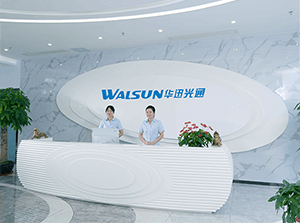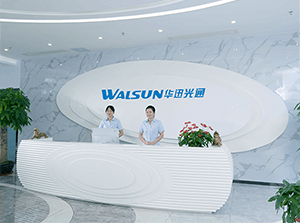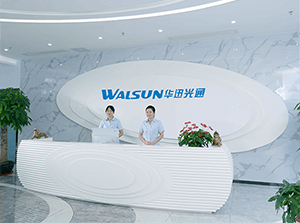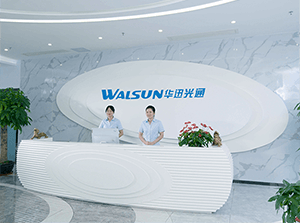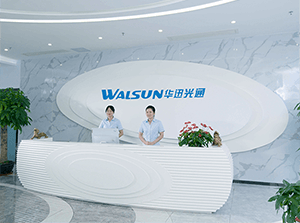PRODUCTS

- The maximum distance for an SFP (Small Form-Factor Pluggable) transceiver depends on the type of SFP module, the optical fiber used, and the specific application. SFP modules support a variety of data rates, and the distance capabilities can vary based on the module's design and the type of optical fiber it is intended to work with.Here are some common types of SFP modules and their associated2018

- In Cisco networking, the term "SFP" stands for "Small Form-Factor Pluggable." SFP is a compact, hot-swappable transceiver module that is commonly used in Cisco networking equipment. These modules provide a standardized form factor for various types of optical and electrical transceivers, allowing for flexibility in configuring and expanding network connections.The SFP modules a1900

- 1G Ethernet and 10G Ethernet refer to different generations of Ethernet technology, with the numbers indicating the data transfer rate in gigabits per second (Gbps). Here are the key differences between 1G and 10G Ethernet: Data Transfer Rate:1G Ethernet: Also known as Gigabit Ethernet, it supports a data transfer rate of 1 gigabit per second (Gbps).10G Ethernet: Also known as 10-Gigabit Ethe1816

- A QSFP (Quad Small Form-Factor Pluggable) port is a type of high-density, hot-pluggable interface used for connecting networking equipment in data centers, telecommunications, and high-performance computing environments. The QSFP port accommodates QSFP transceiver modules, which support high-speed data transmission. The "Quad" in QSFP refers to the four independent electrical lanes, each1200

- The comparison between SFP (Small Form-Factor Pluggable) and RJ45 (Registered Jack 45) typically refers to the physical interfaces used for networking connections, particularly in the context of fiber optics (SFP) versus copper (RJ45) media. Both SFP and RJ45 interfaces support various data rates, and the choice between them depends on the specific requirements of the network.Here are some key con1017


 CHS
CHS Walsun Mall
Walsun Mall

